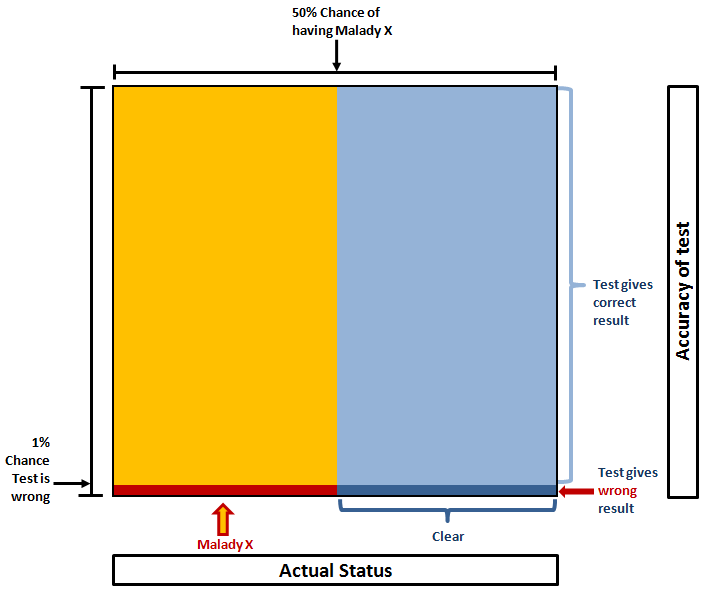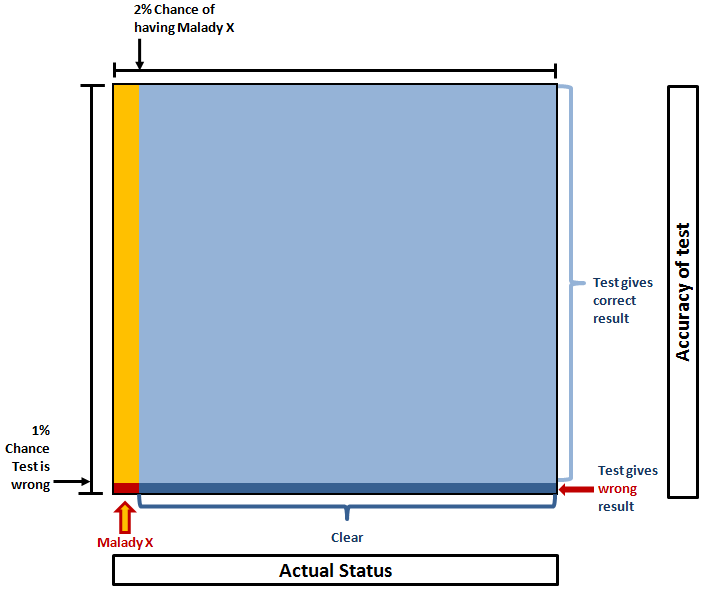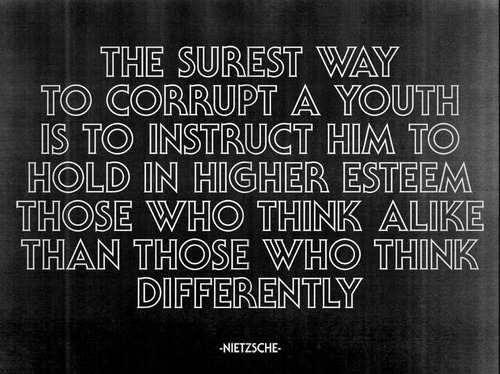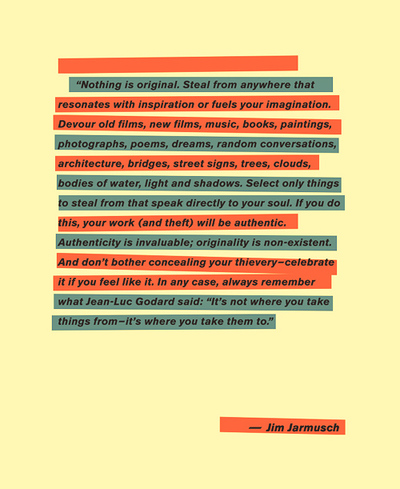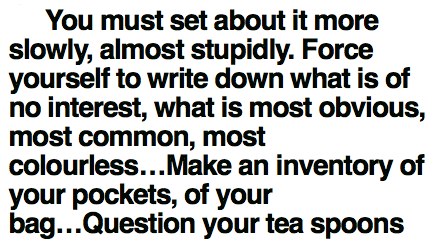Momo (1973 novel)
Six years before The Neverending Story, Michael Ende wrote Momo, well known in his native Germany but undeservedly less well known here. It takes a fairly common message (to do with how you should spend your time / what is important in life), but rather than using a fantasy setting to metaphorically imply the message, he uses a fantasy setting as a way to state the message as directly and clearly as possible. Some books change how you look at life if you take the time to really think about them; Momo leaves you no choice. I thought it was brilliant.
Also, here’s a a quote from it that I like:
He looked down at the tortoise. ‘Cassiopeia, my dear, I’d like your opinion on something. What’s the best thing to do when you’re under siege?’
‘HAVE BREAKFAST,’ came the reply.
‘Quite so,’ said the professor
Street Fighter (1994 film)
The Street Fighter movie is fascinating. Here’s a few key facts that let you know right away something weird is happening:
- Written and directed by Steven de Souza (the writer on Die Hard, The Running Man, among others)
- Budget $35m ($57m in 2015 adjusted for inflation)
- IMDb rating 3.7
- Rotten Tomatoes rating 12%
- Worldwide gross $99m ($161m in 2015 adjusted for inflation)
If nothing else, I highly recommend reading the Polygon article Street Fighter: The Movie – What Went Wrong, which pieces together the extraordinary story of how that movie came about. It sounds as if de Souza had a truly nightmarish experience as director, blocked from making the movie he wanted to at just about every turn (seriously – it’s incredible the movie got finished at all).
Having read the article I just had to see the movie for myself. As it turns out, it’s a rather brilliant B-movie that knows exactly how silly it is, and is tremendously enjoyable as a result! This often seems to be the case when the IMDb rating dips below 4.0 (it’s the 4.0-6.5 region you should avoid). My personal highlight: Guile (Van Damme), leading an assault on the bad guy’s base, in his state-of-the-art stealth speedboat, takes a moment to watch some home movie footage of himself and his good buddy (now captured) on a VHS casette he evidently brought with him, on the CRT monitor built into the stealth-speed-boat control panel, perhaps to remind himself what he’s fighting for. Amazing.
Even more brilliantly, there’s a director’s commentary evidently recorded by de Souza a few weeks after the movie came out (intended for the Laserdisc edition), in which he betrays no bitterness about the process of getting the film made, but rather conveys a genuine warmth for the material and pride in what they managed to achieve. The Street Fighter movie is a great example of someone being given life-lemons and making life-lemonade out of them.
Mitch Hedberg
I originally referenced Mitch Hedberg back in Things 104 in 2011. I finally bought one of his CD’s, Strategic Grill Locations, which is as funny as the many YouTube clips you can find of him would suggest, but instead lasts for almost an hour, which is pretty great.
He has some nice one-liners, such as:
I haven’t slept for ten days, because that would be too long.
But what I didn’t adequately convey in Things 104 is his delivery style. His laid-back demeanor and accent are part of it, but his unusual prosody is what really makes his material work. So I can give you this quote, which is okay, but it’s infinitely better when he’s saying it:
I was at the airport a while back and some guy said “Hey man, I saw you on TV last night.” But he did not say whether or not he thought I was good, he was just confirming that he saw me on television. So I turned my head away for about a minute, and looked back at him and said “Dude! I saw you at the airport… About a minute ago… And you were good.”
Stewart Lee
In some ways the mirror opposite of Mitch Hedberg and his non-sequitur one-liners, Stewart Lee makes long-form stand-up comedy. I didn’t really understand what he was trying to do until I read his book, which I guess makes him hard to recommend.
That said, when I saw him live, I found one particular segment – in which he responds to a silly statement from UKIP with a 12-minute long reductio ad absurdum argument – to be a brilliant result of the weird territory he has been exploring. So I was glad to find that someone has taken that segment from his TV series and put it online. (Link died, try this one or this Youtube search – T.M. 24/01/18)
(Weirdly this bit has now been abstracted into a song performed by Stewart Lee and Asian Dub Foundation – T.M. 17/5/22)
Zathura (2005 film)
Let’s have another breakdown:
- Written by David Koepp (Jurassic Park, Mission Impossible, Indiana Jones… 4) and directed by Jon Favreau (Iron Man, Cowboys and Aliens)
- Budget $65m
- IMDb rating 6.1
- Rotten Tomatoes rating 75%
- Worldwide gross $64m
… ouch. So what went wrong there?
One problem was the release timing: they went out against Disney’s Chicken Little (which people went to in droves, assuming Disney’s first foray into 3D would be as good as Pixar – Chicken Little made more money than Disney’s Lilo & Stitch, conclusively disproving money as a measure of movie merit), and in the second week when people realised Chicken Little wasn’t that good, Harry Potter and the Goblet of Fire came out.
The other problem was the perception that Zathura was just “Jumanji in space, without Robin Williams”… which is actually a very accurate description.
But while it is that, it’s also brilliant, partly because space is cooler than jungle, and partly because Robin Williams isn’t the best thing about Jumanji anyway. Jon Favreau makes use of practical effects wherever possible (for example in the trailer below, that robot smashing through the doorway is literally doing that; even the jet-flames on the ships are practical), and this is particularly effective for the ever-increasing destruction of the house. Also featuring before-they-were-famous starring roles for Josh Hutcherson and Kristen Stewart, it’s just a really lovely film that is unjustly overshadowed by its precursor.
Okay, one caveat: there’s some stuff that’s almost cool sci-fi but then is instead just fantasy, which some of you might find a bit disappointing. As is so often the case, keep in mind it’s a fantasy film rather than a sci-fi one, and it’s all good.
– Transmission ends
